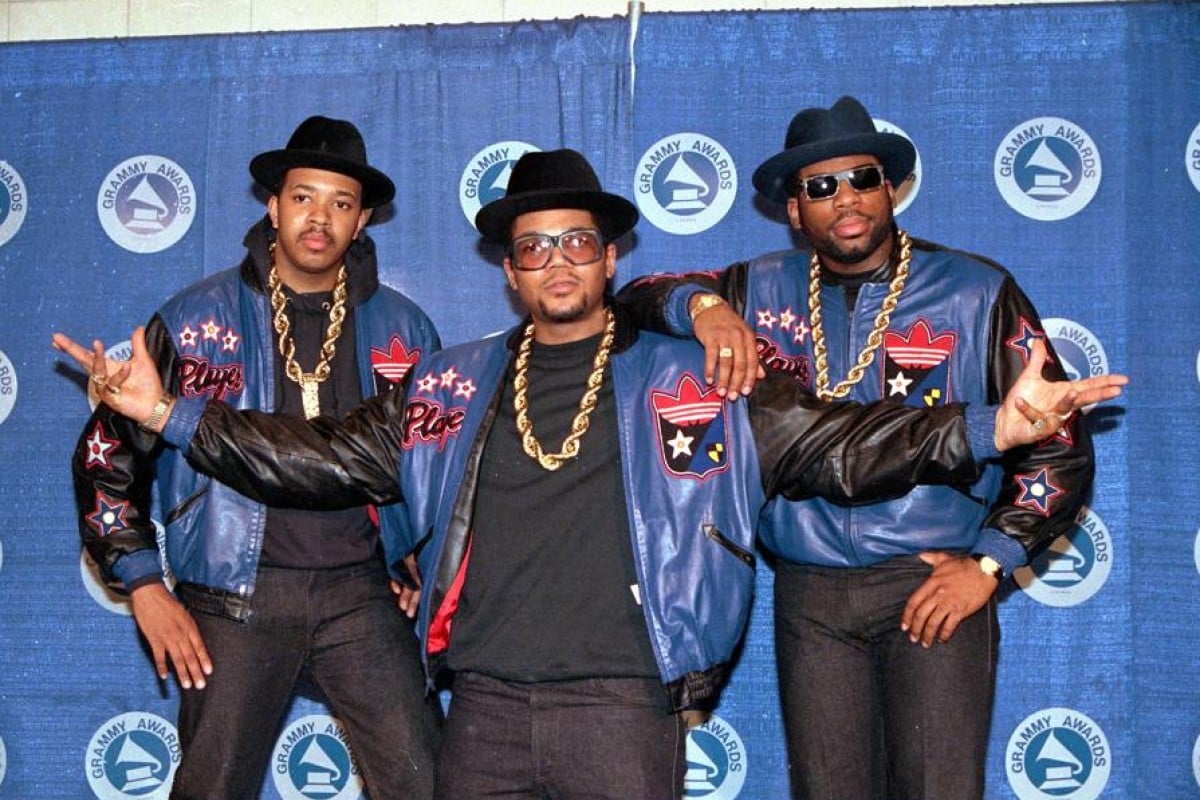
What are the origins of Hip Hop and what tracks should you be listening to?
We've all heard the music, but do we know where it comes from?
 Hip hop stars like Run DMC have helped grow the music genre into the massive beast it is right now.
Hip hop stars like Run DMC have helped grow the music genre into the massive beast it is right now.Hip hop first started developing in the US in the 1970s, not just as a musical genre, but a culture.
Its inception came from community or “block” parties, which would take place frequently in the poverty-stricken districts of New York. The DJs would use two turntables, switching between them to play percussive sections of popular songs. These repeated instrumental or rhythmic breaks were quickly filled by artists speaking or chanting along, a practice which would eventually become rapping.
DJ Kool Herc is considered by many to be the father of hip hop. He would spin funk songs, such as those of James Brown, while telling dancers what moves to pull – creating what we now know as break-dancing.
Herc’s style caught on, inspiring acts like Grandmaster Flash and The Furious Five. This group consisted of one DJ and five rappers, who achieved mostly local success before becoming more widely known the following decade.
The first breakthrough act was Sugarhill Gang in 1979 with the song Rapper’s Delight, which spawned the international growth of hip hop outside the US in the 1980s and into the mainstream. Some of the notable acts during this decade were Run DMC, LL Cool J, Public Enemy and A Tribe Called Quest. During this time, hip hop was already creating subgenres such as gangsta rap, with acts like NWA shining a light on poverty-stricken inner-city lifestyles.
The 1990s saw the rise of Snoop Dogg, Dr Dre and Tupac on the west coast, as well as Wu-Tang Clan and Notorious B.I.G. on the east. Meanwhile, tracks like MC Hammer’s Can’t Touch This and Vanilla Ice’s Ice Ice Baby reached meteoric heights in the charts, making hip hop one of the most prominent genres of the time.
In the early 2000s, Eminem became a global sensation with hits such as Lose Yourself, Stan and My Name Is, while acts like 50 Cent, Nelly and R. Kelly also rose to fame. As gangsta rap became less popular, a new wave of alternative hip hop arrived with OutKast’s Hey Ya, Kanye West’s Gold Digger and Jay-Z’s 99 Problems proving to be some of the most popular songs of the decade.
If you look at the music landscape today, you can see that hip hop has branched out into many subgenres. However, its core features of sampling, looped beats and rapping are still as common as they were in its earliest forms. As reported by Forbes last year, hip hop was the most listened-to music of 2017.
Some of the most popular acts in the music industry around today are hip hop artists, most notably: Kendrick Lamar, Nicki Minaj, Drake, Miguel and Migos.
Recommended listening:
Sugarhill Gang – Rapper’s Delight
A Tribe Called Quest – Can I Kick it?
Jurassic 5 – High Fidelity
Kanye West – Touch The Sky
Miguel – Sky Walker
Higher Brothers – Made In China
Recommended viewing:
Hip-Hop Evolution – Netflix documentary
Straight Outta Compton – a music biopic on NWA
Sub-genres:
Grime: Stormzy, Dizzee Rascal, Skepta
Big Beat: Basement Jaxx, The Prodigy, Fatboy Slim
NuMetal: Linkin Park, Limp Bizkit
Trap: Gucci Mane, Rick Ross